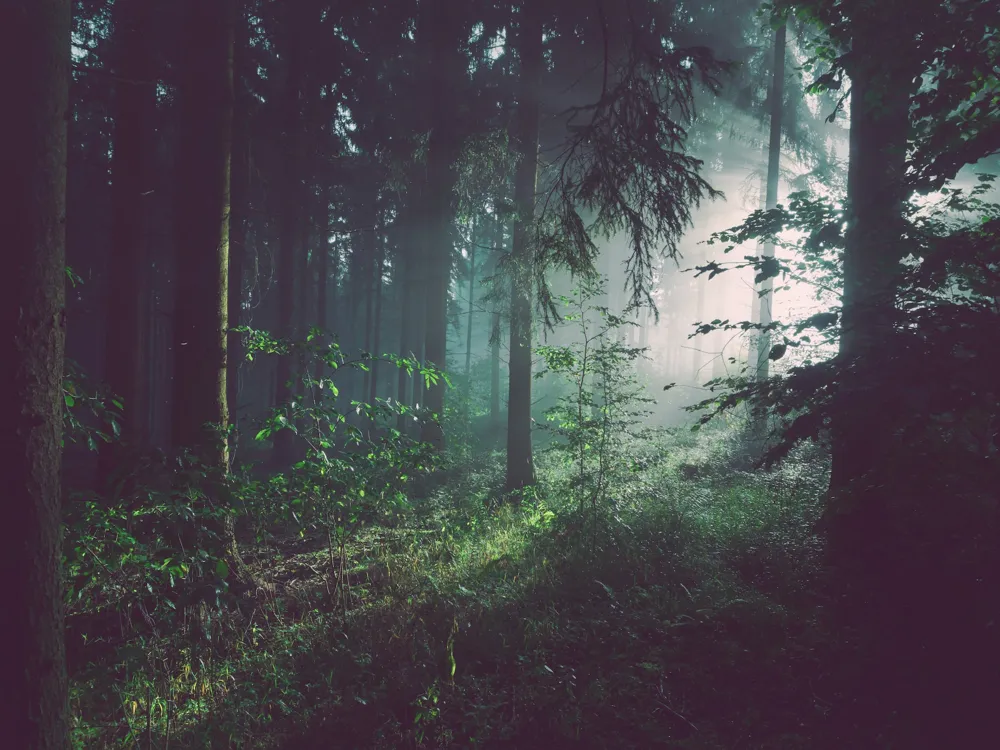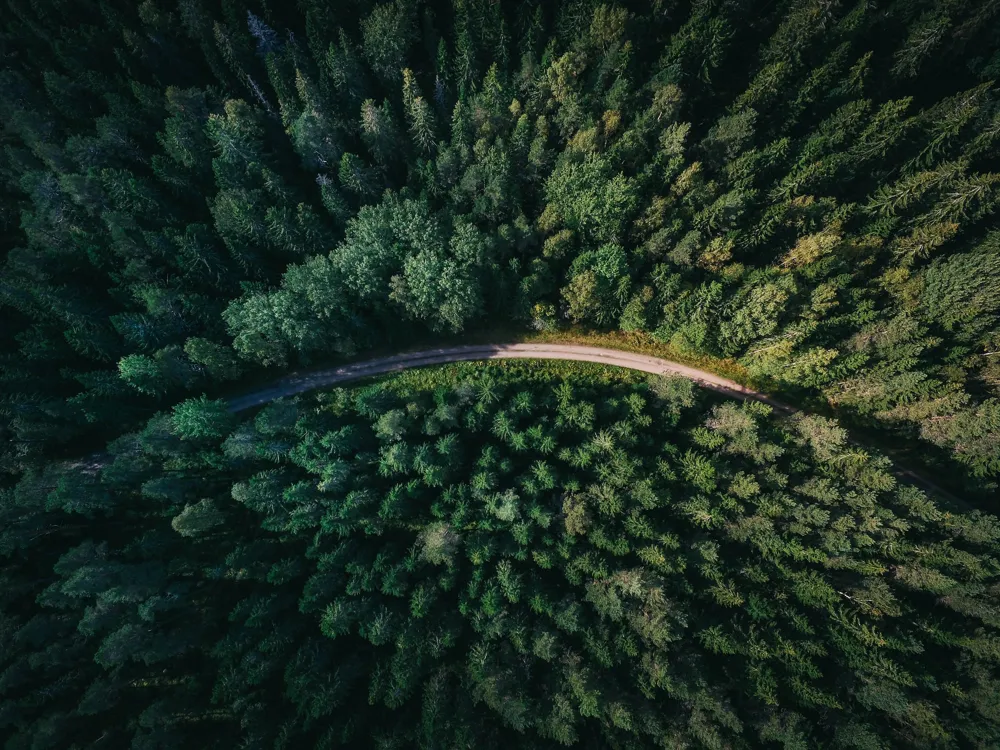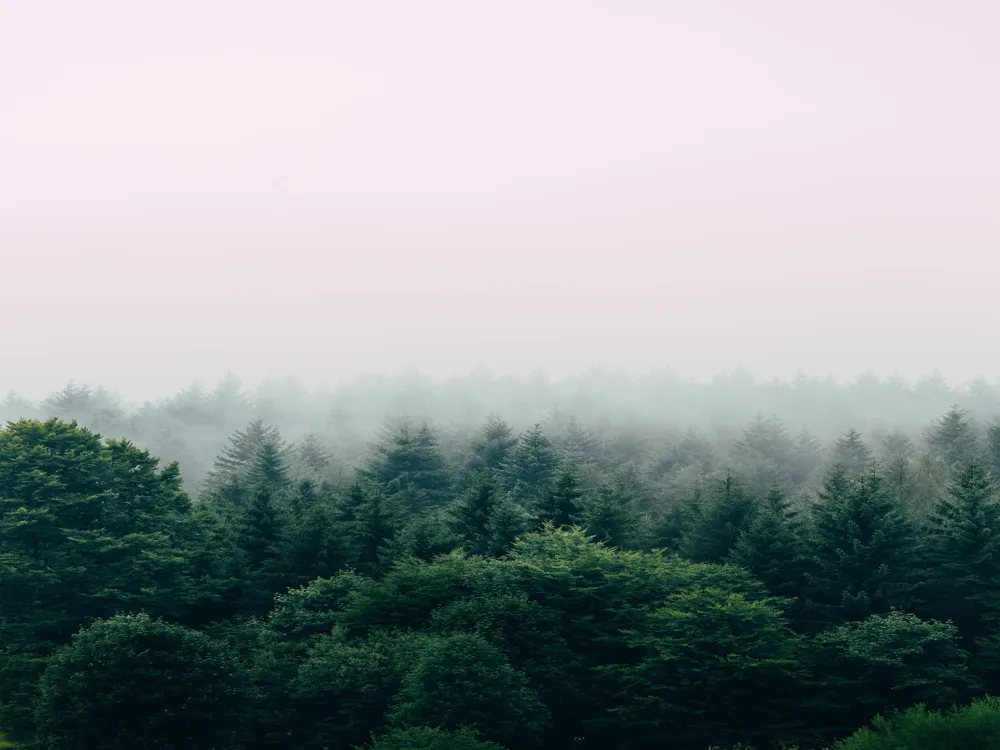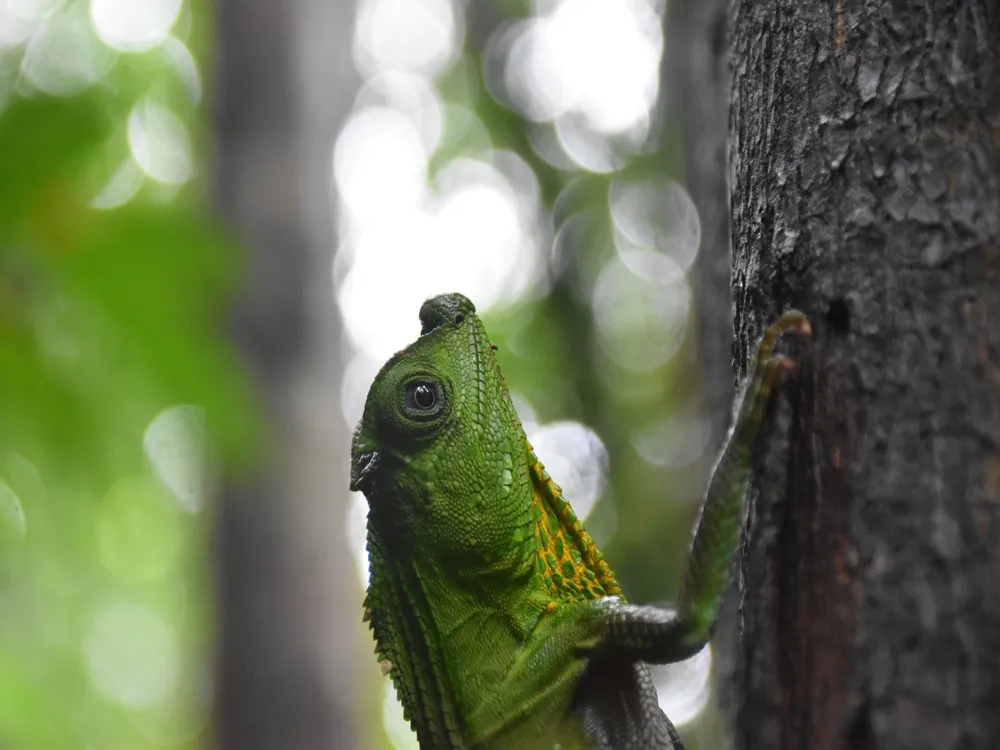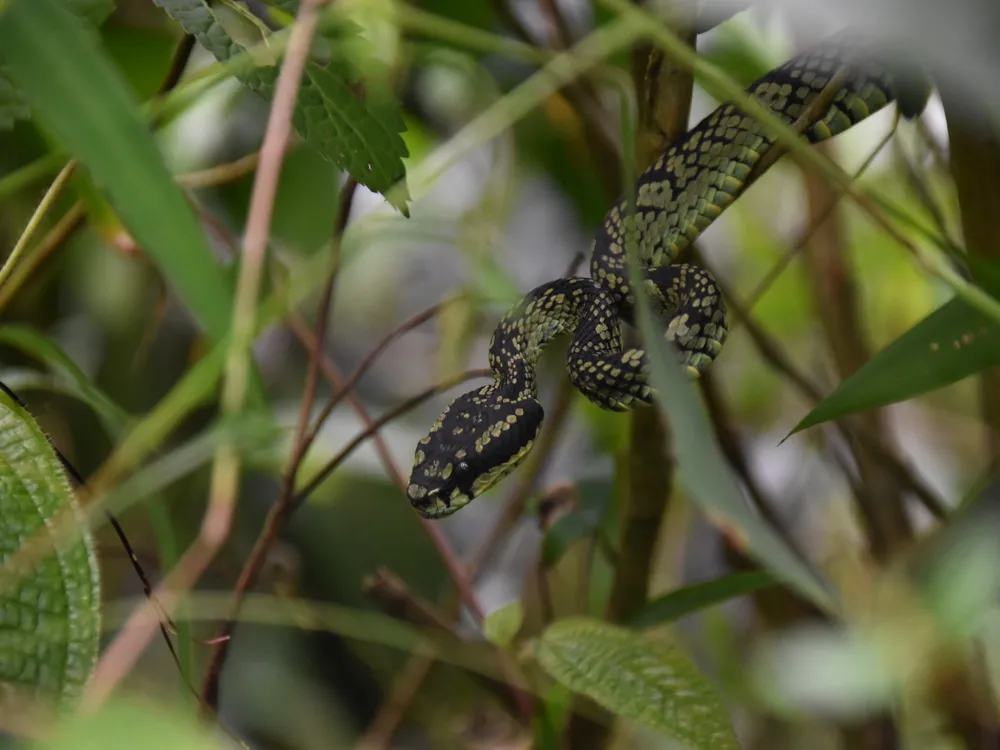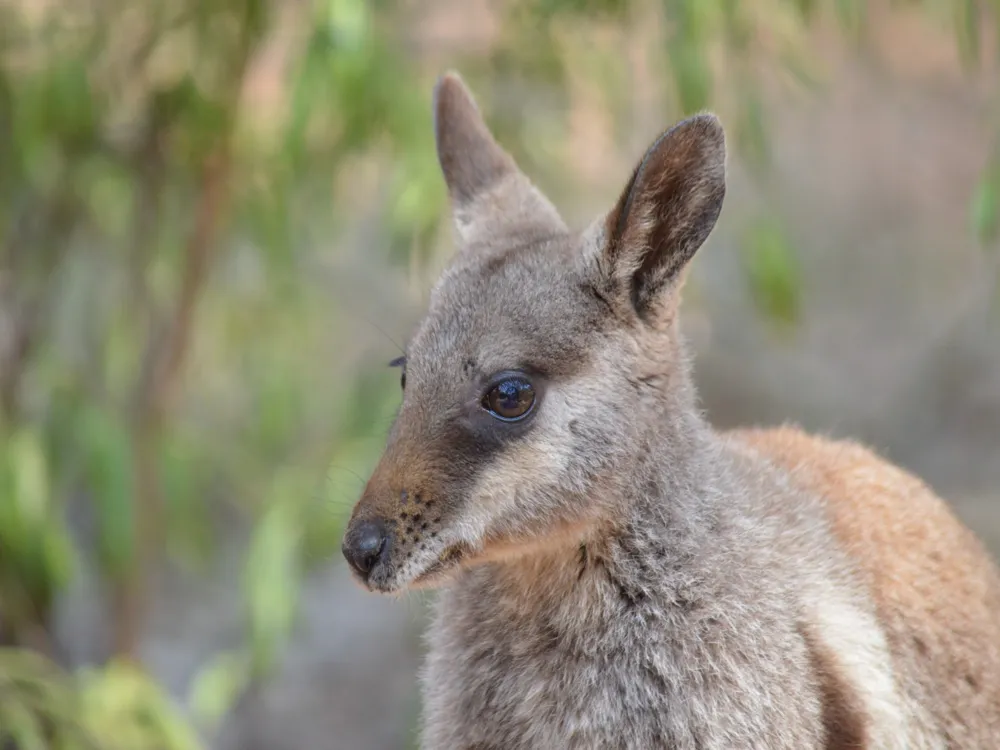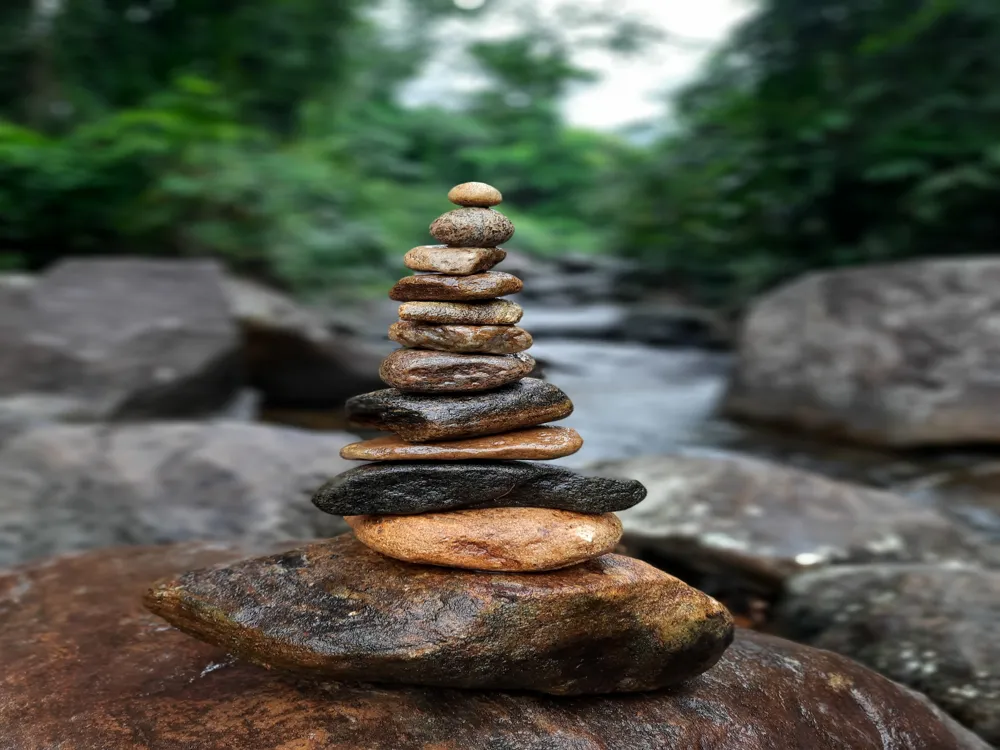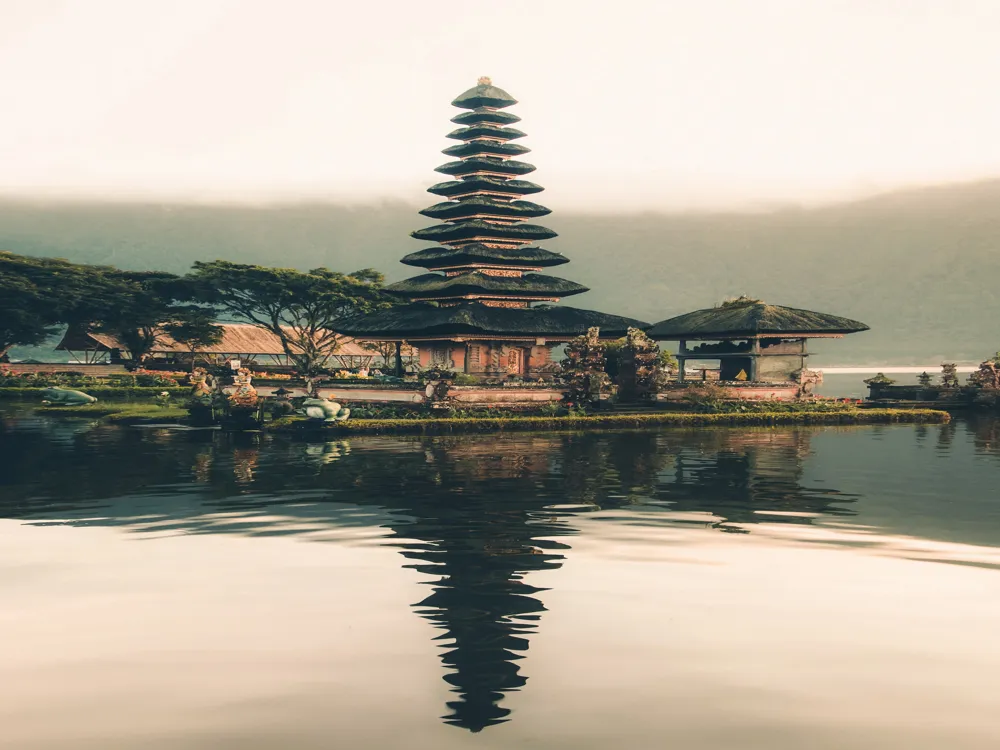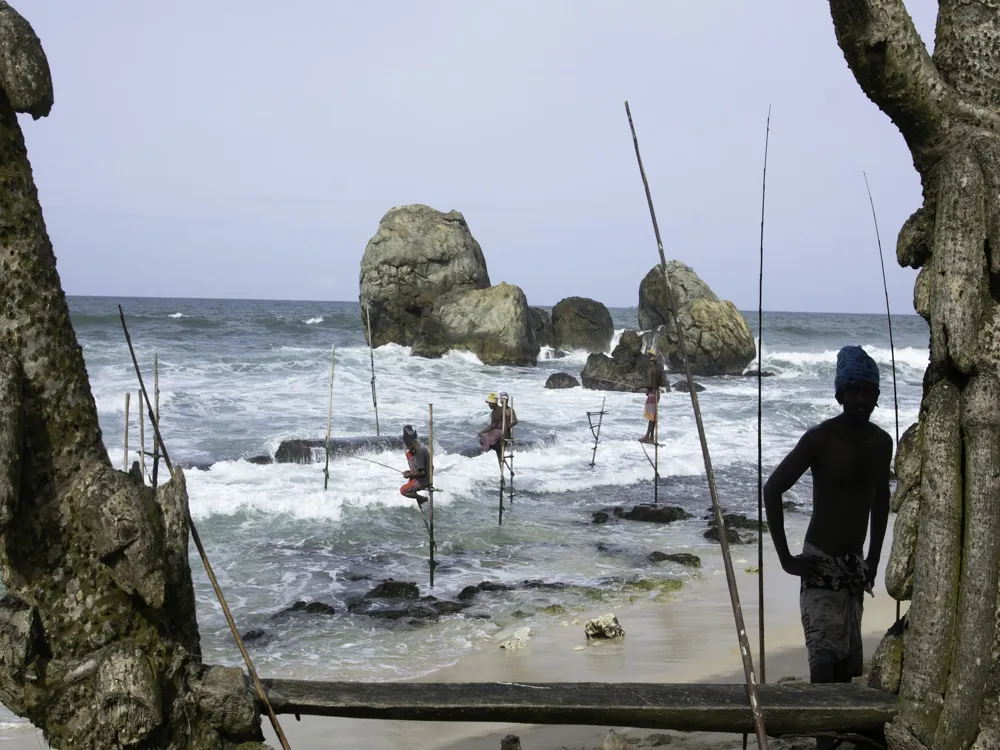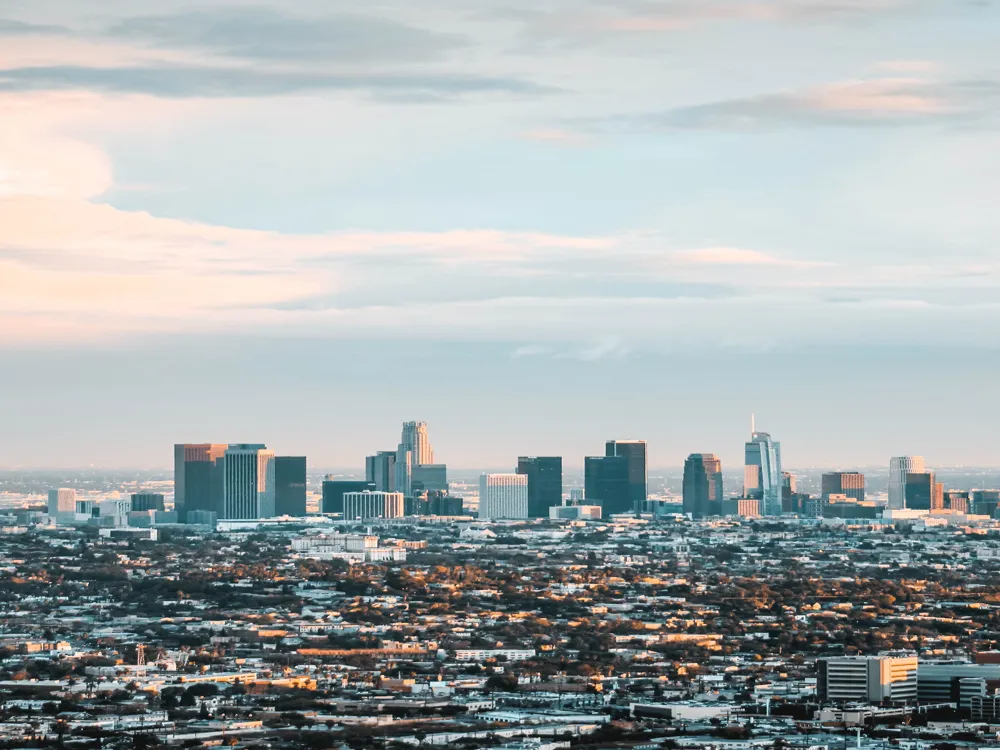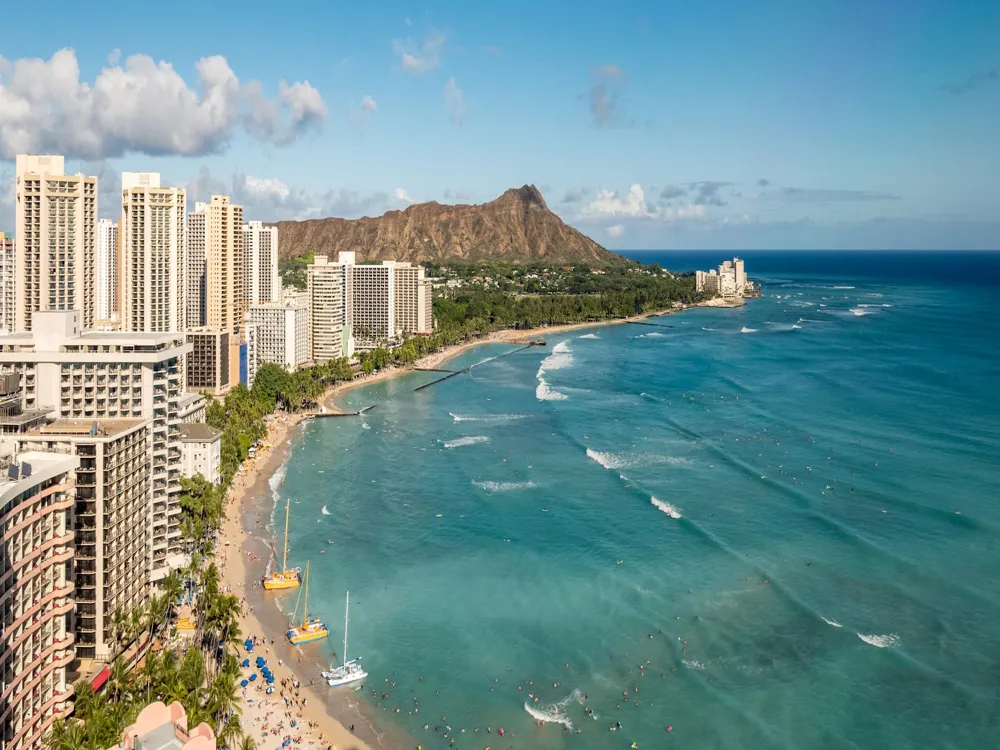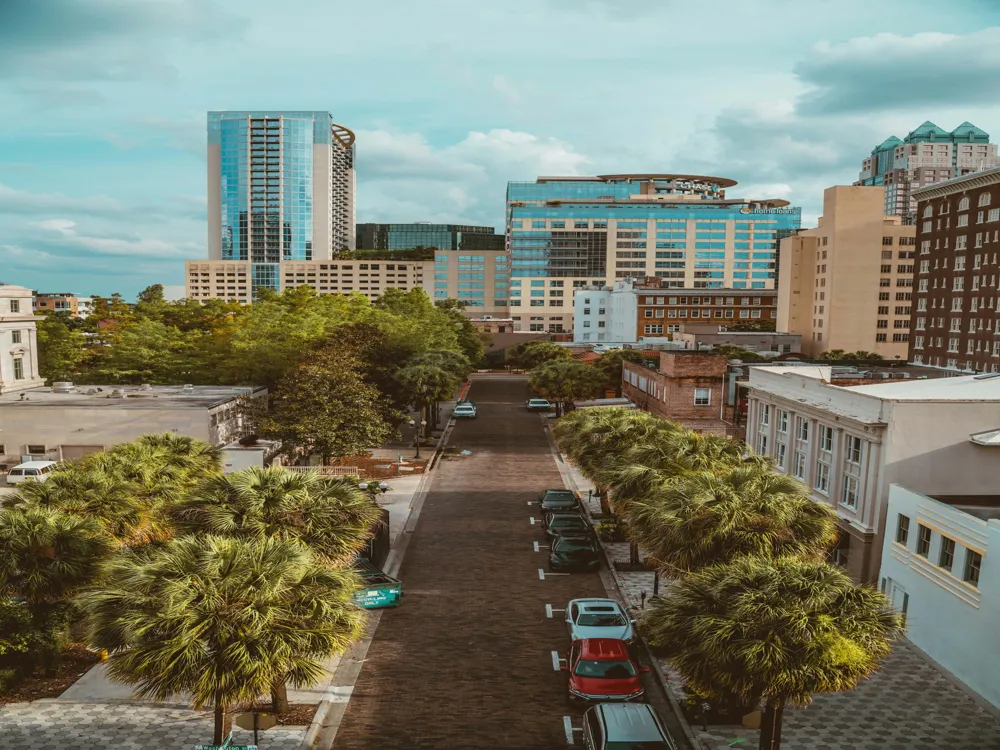Best Time to Visit Sinharaja Forest Reserve
Sri Lanka
33 out of 66 Places to visit in Sri Lanka₹ 40,065 onwards View Packages
Get Customized PackagesThe Land of Diversity
Top Hotel Collections

Private Pool

Luxury Hotels

5-Star Hotels

Pet Friendly
What is the Best Time to Visit Sinharaja Forest Reserve?
Sinharaja Forest Reserve, a UNESCO World Heritage Site in Sri Lanka, is a biodiversity hotspot filled with endemic flora and fauna. Understanding the optimal time to visit this natural wonder ensures a remarkable experience.
More about Best Time to Travel to Sinharaja Forest Reserve
Travel Peak Season in Sinharaja Forest Reserve
The peak season in Sinharaja Forest Reserve typically spans from December to April. During these months, the weather remains dry and conducive for trekking, wildlife spotting, and exploring the lush rainforest.
Travel Offseason in Sinharaja Forest Reserve
The offseason, primarily from May to November, encounters heavier rainfall. While fewer visitors explore during this period, it offers a unique experience of witnessing the forest's lushness amid occasional showers.
Sinharaja Forest Reserve Travel Packages
View All Packages For Sinharaja Forest Reserve
Sinharaja Forest Reserve in Shoulder Season
The shoulder seasons, from May to June and October to November, present a transition between wet and dry weather. Travelers may enjoy fewer crowds and moderate rainfall, making it an excellent time to visit.
Sinharaja Forest Reserve in Hot Season
The hot season, from March to May, experiences warmer temperatures, ideal for enthusiasts looking for off-beat experiences amidst the forest's thriving ecosystem. The heat might be intense, so adequate preparation is advisable.
Sinharaja Forest Reserve in Rainy Season
The rainy season, from June to September, witnesses heavy rainfall, rejuvenating the forest and creating a magical ambiance. While trekking might be challenging, the verdant landscapes are awe-inspiring.
Sinharaja Forest Reserve in Cool Season
During the cooler months from December to February, the weather is pleasant, offering comfortable conditions for exploring the forest's trails and discovering its diverse wildlife.
Exploring Sinharaja Forest Reserve during its varied seasons allows nature enthusiasts to witness the captivating beauty and biodiversity unique to each time of the year.
Places To Visit In Sinharaja Forest Reserve
Nearby Places Sinharaja Forest Reserve
Sinharaja Forest Reserve Photos
View All Photos For Sinharaja Forest ReserveBrowse Package Collections
Browse Hotel Collections
Faq
Q: What is the best time to visit Sinharaja Forest Reserve?
A: The best time to visit Sinharaja Forest Reserve is during the drier months from December to April. This period ensures favorable weather conditions for trekking and wildlife observation.
Q: Why is the dry season recommended for visiting Sinharaja?
A: The dry season offers better trekking conditions with less rainfall, allowing visitors to explore the forest trails comfortably. It also increases the chances of spotting diverse flora and fauna.
Q: Are there specific months within the dry season that are optimal for a visit?
A: January to March is considered the peak time as the weather is relatively cooler and the forest is lush after the monsoon, providing an ideal environment for biodiversity exploration.
Q: Is it advisable to visit during the monsoon season?
A: The monsoon season, from May to November, brings heavy rainfall, making trekking trails slippery and potentially unsafe. It is not recommended for those seeking an optimal trekking experience.
Q: Are there any unique events or festivals during certain months that enhance the visit?
A: The Sinharaja Forest Reserve does not host specific events, but visiting during the dry season allows you to witness a greater variety of bird species and observe the unique behavior of wildlife due to favorable weather conditions.

